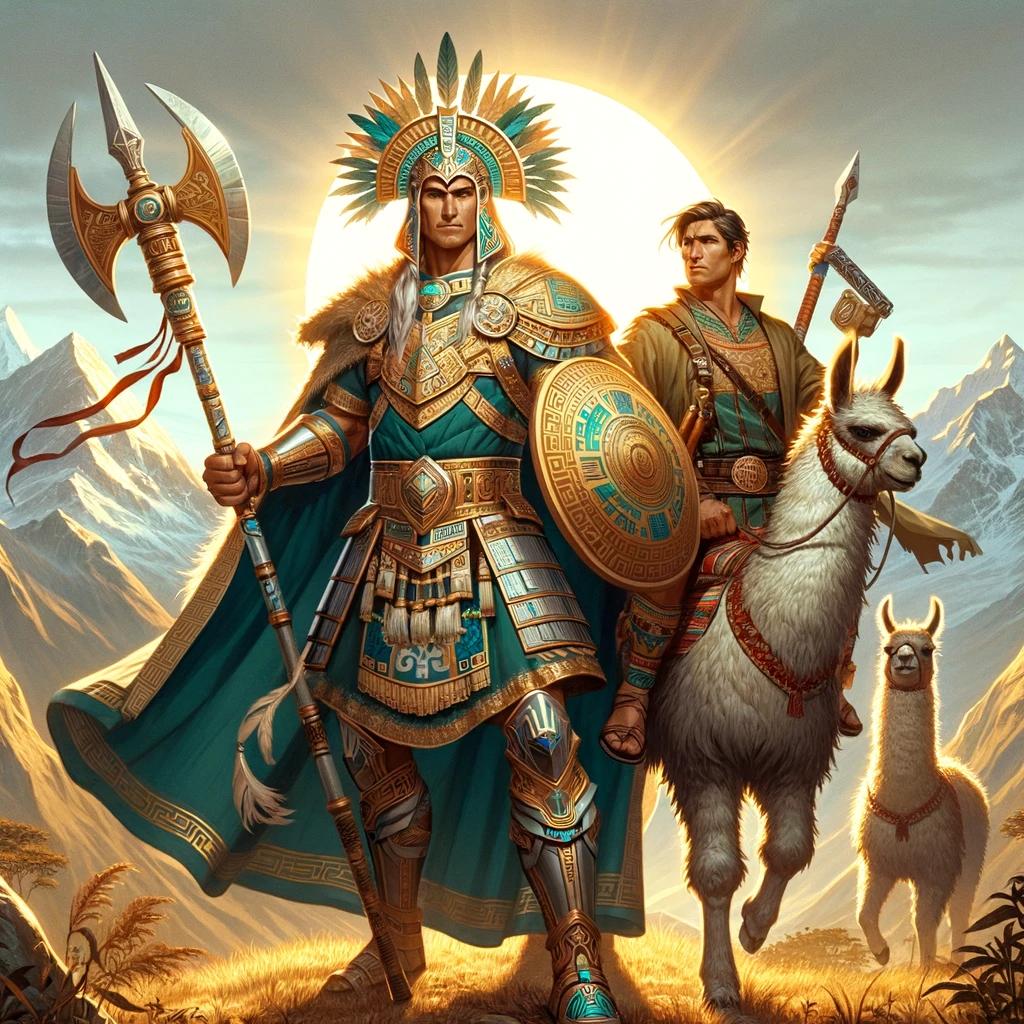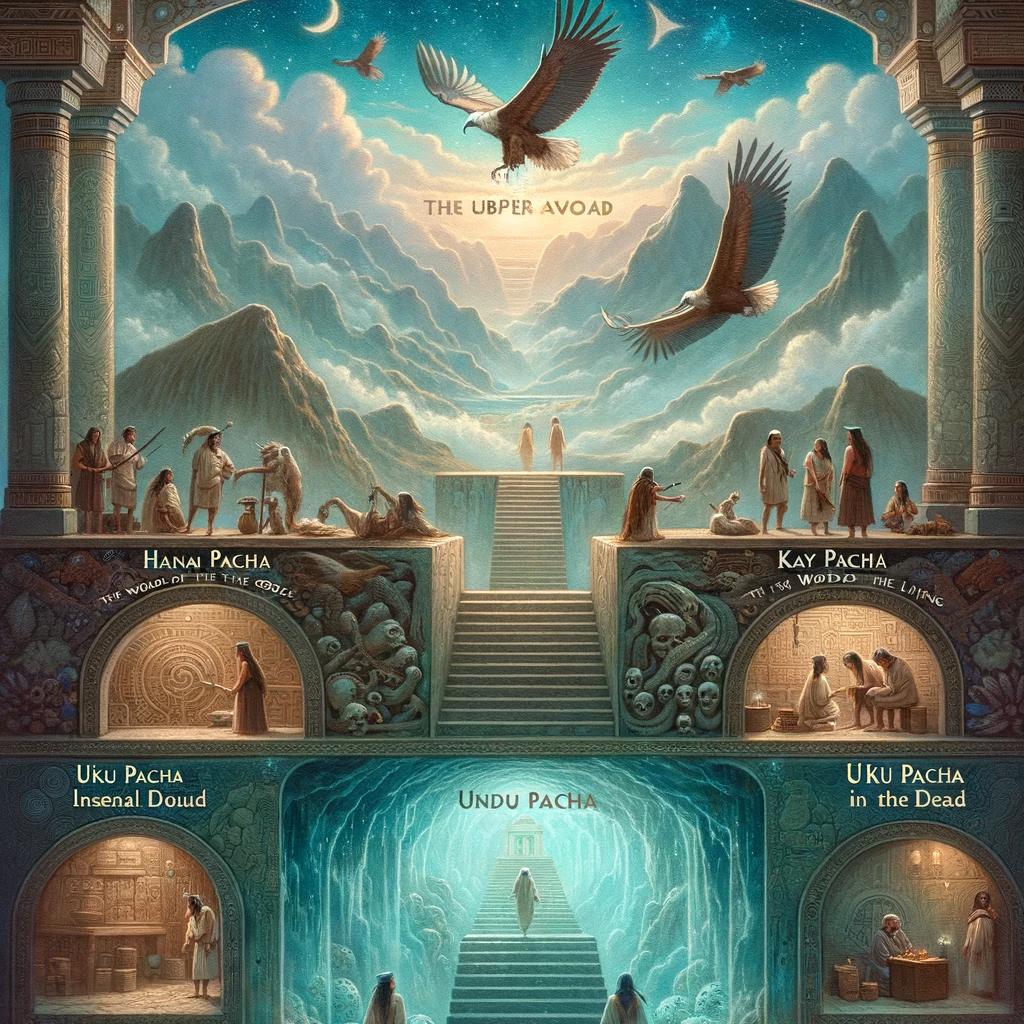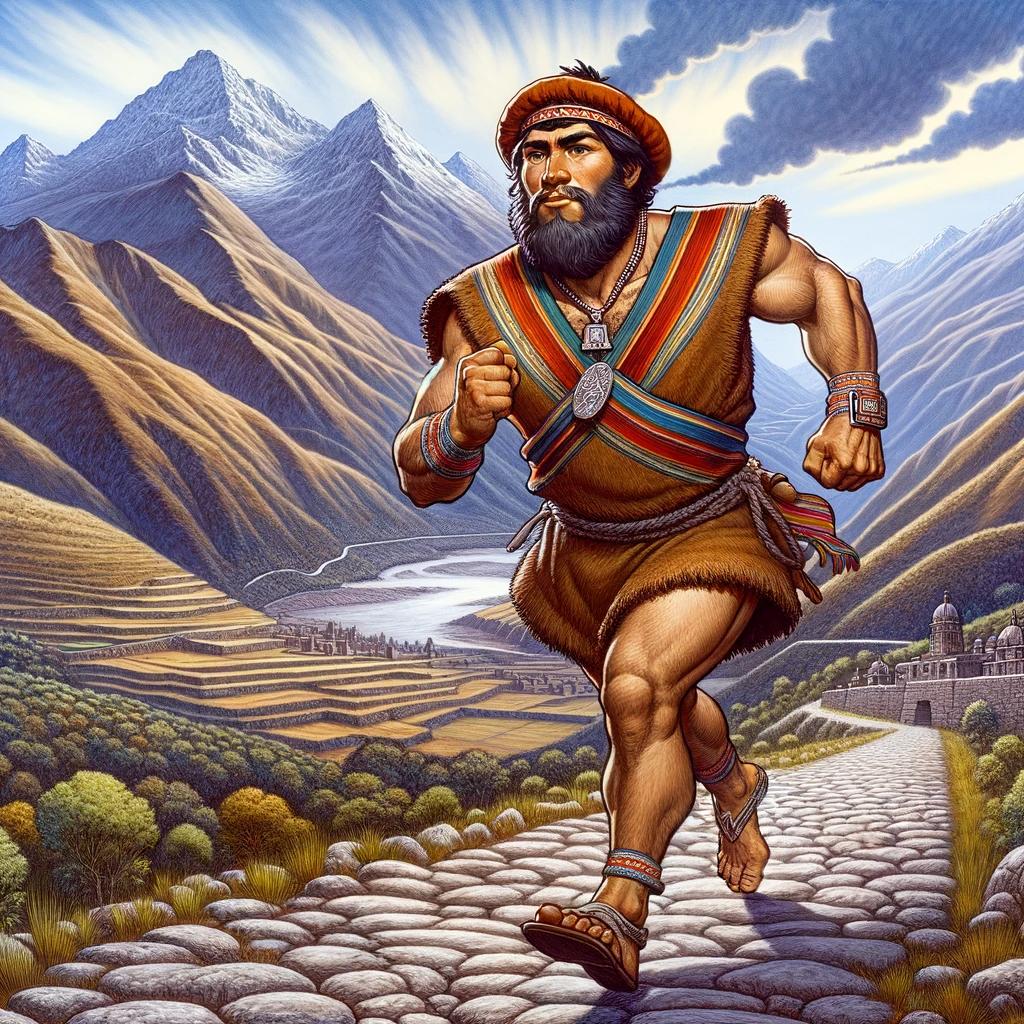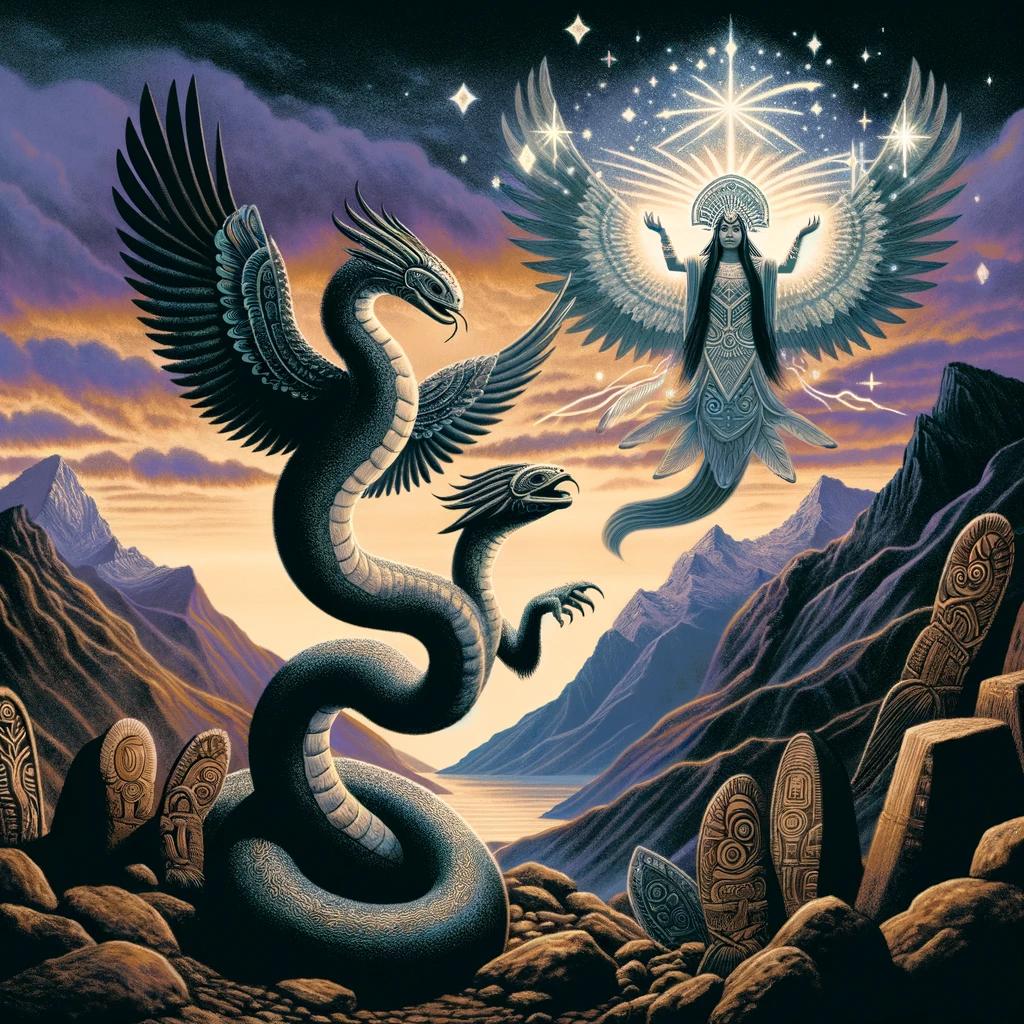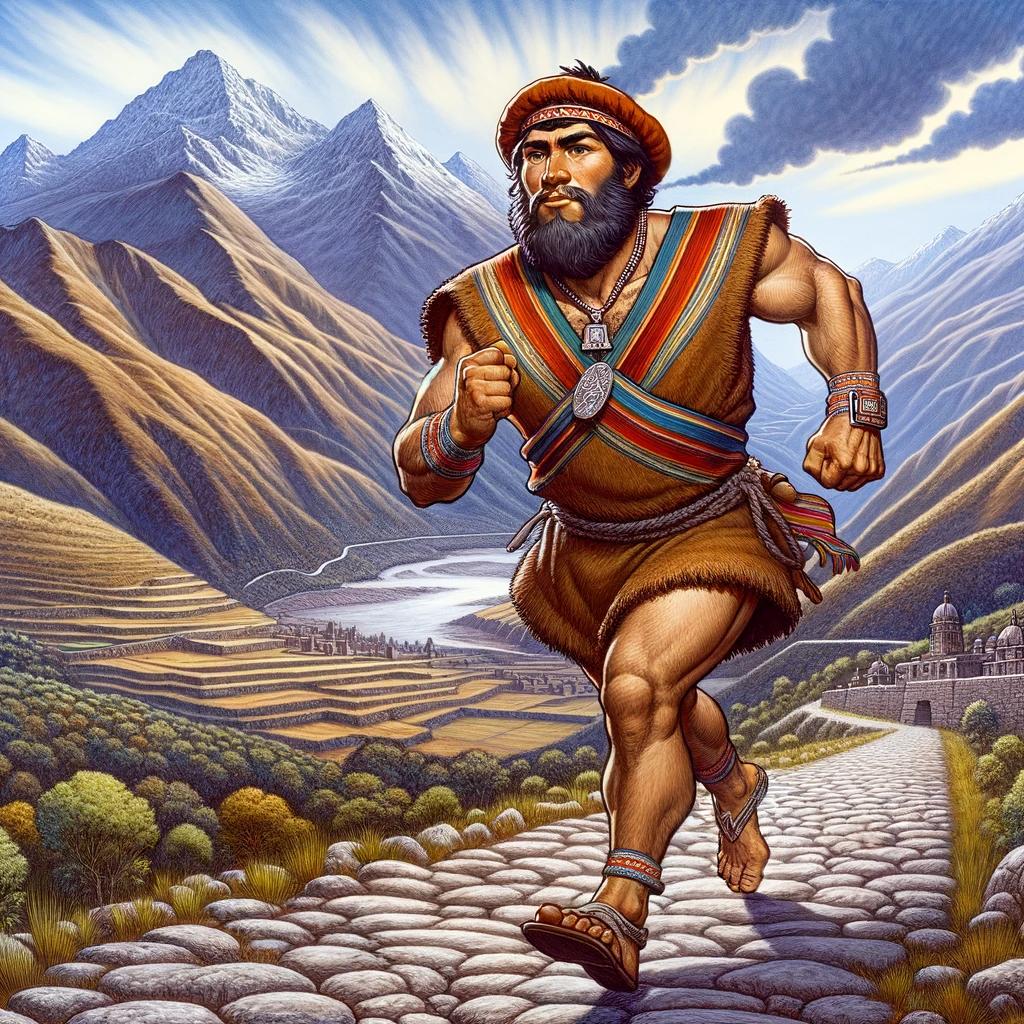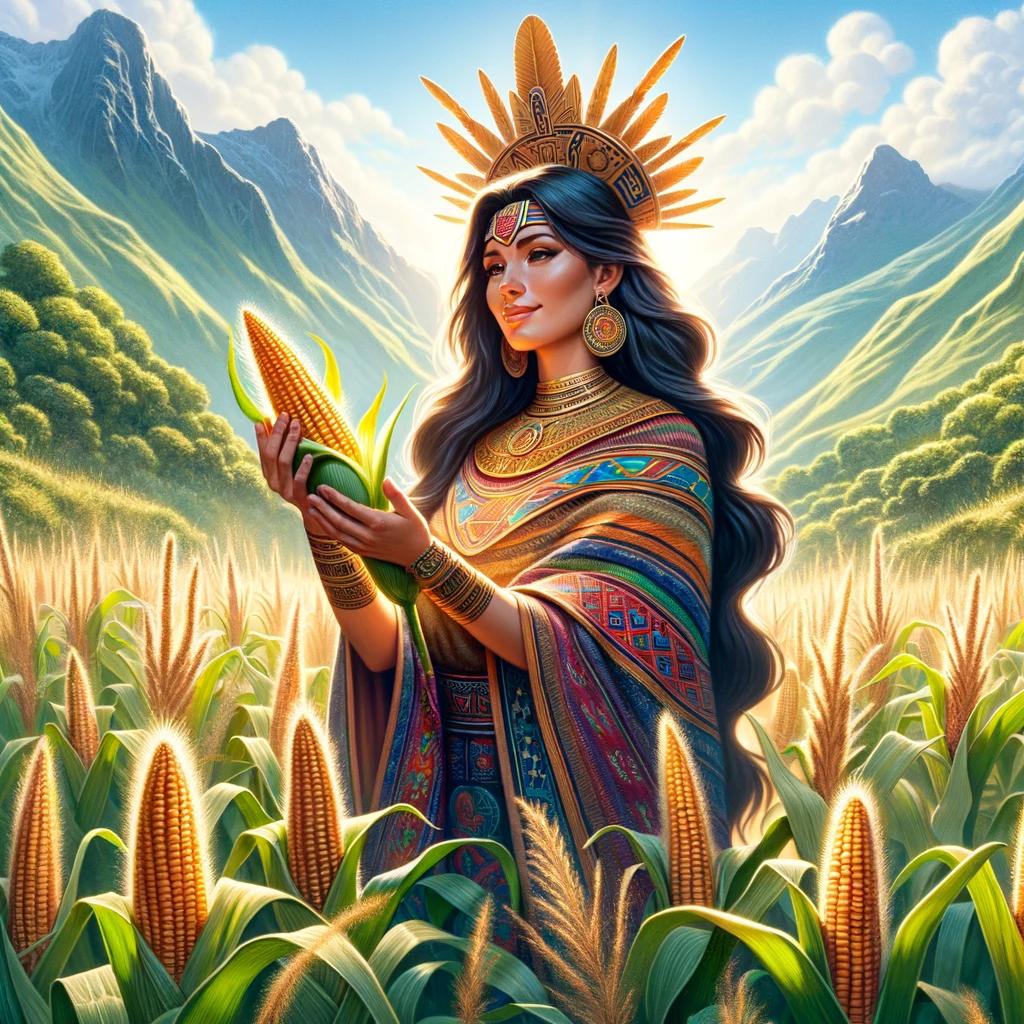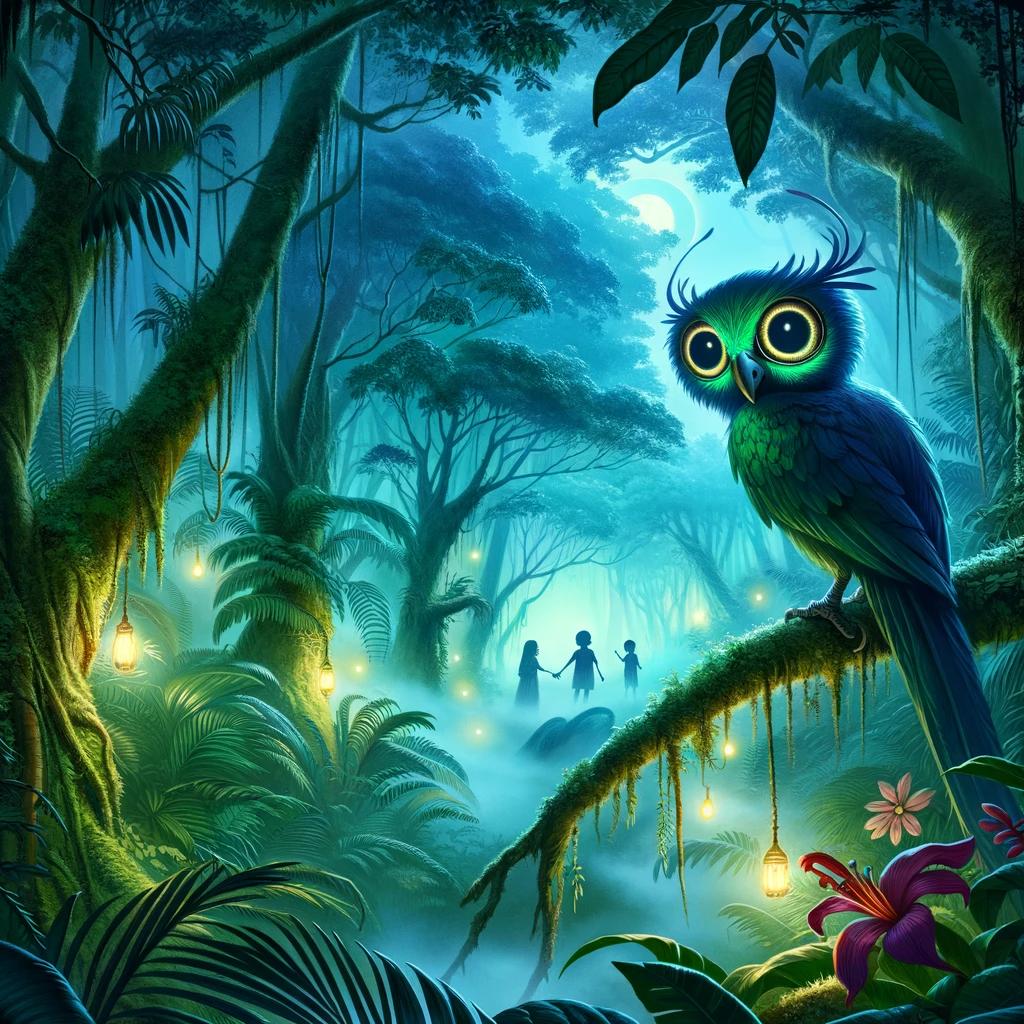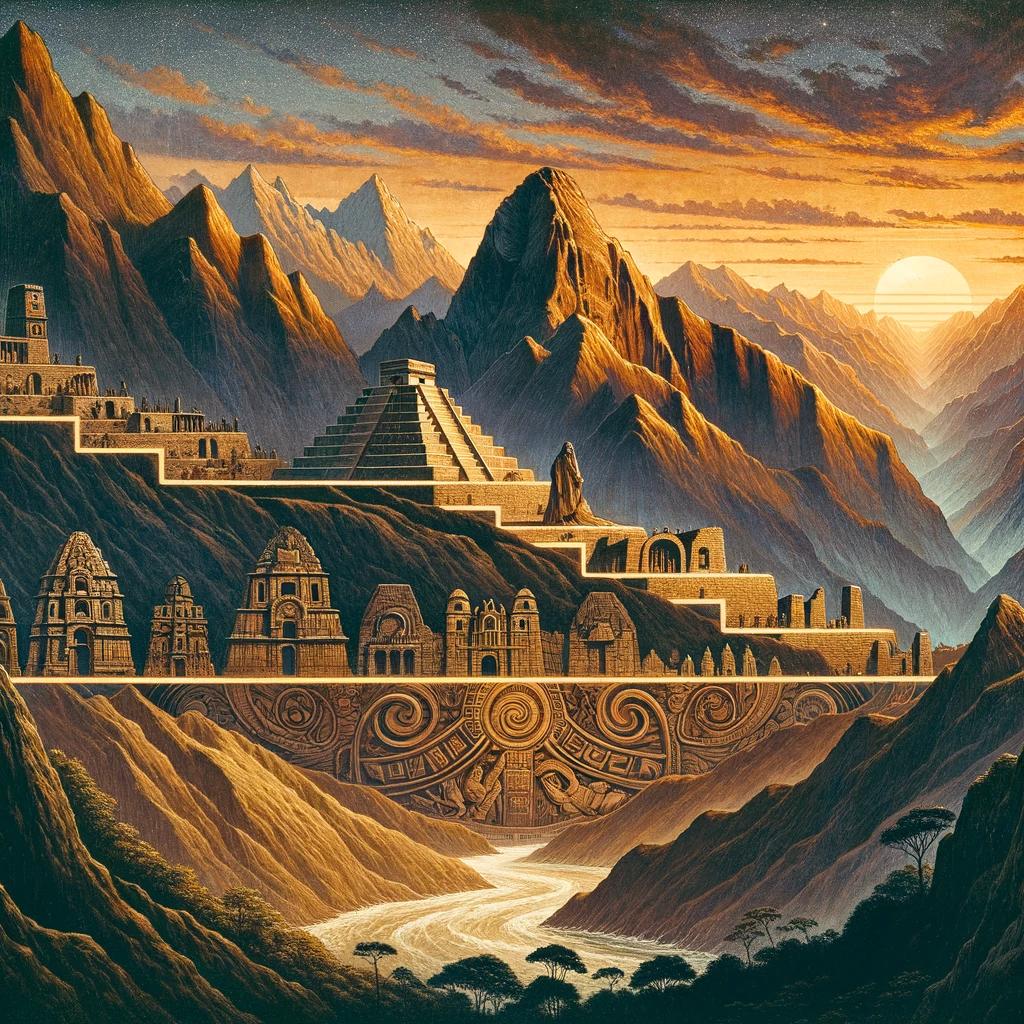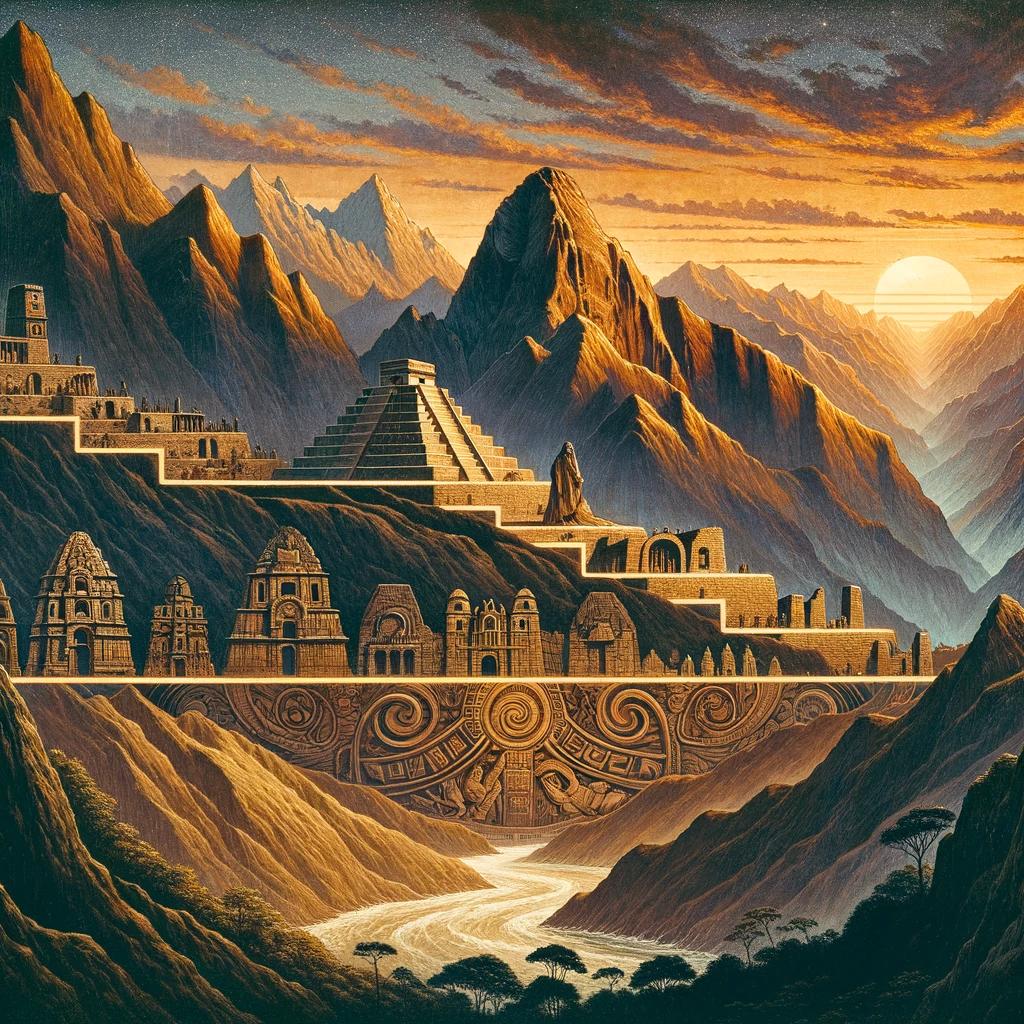Inca Mythology Heroes: Legends and Heroes of the Ancient Inca Empire
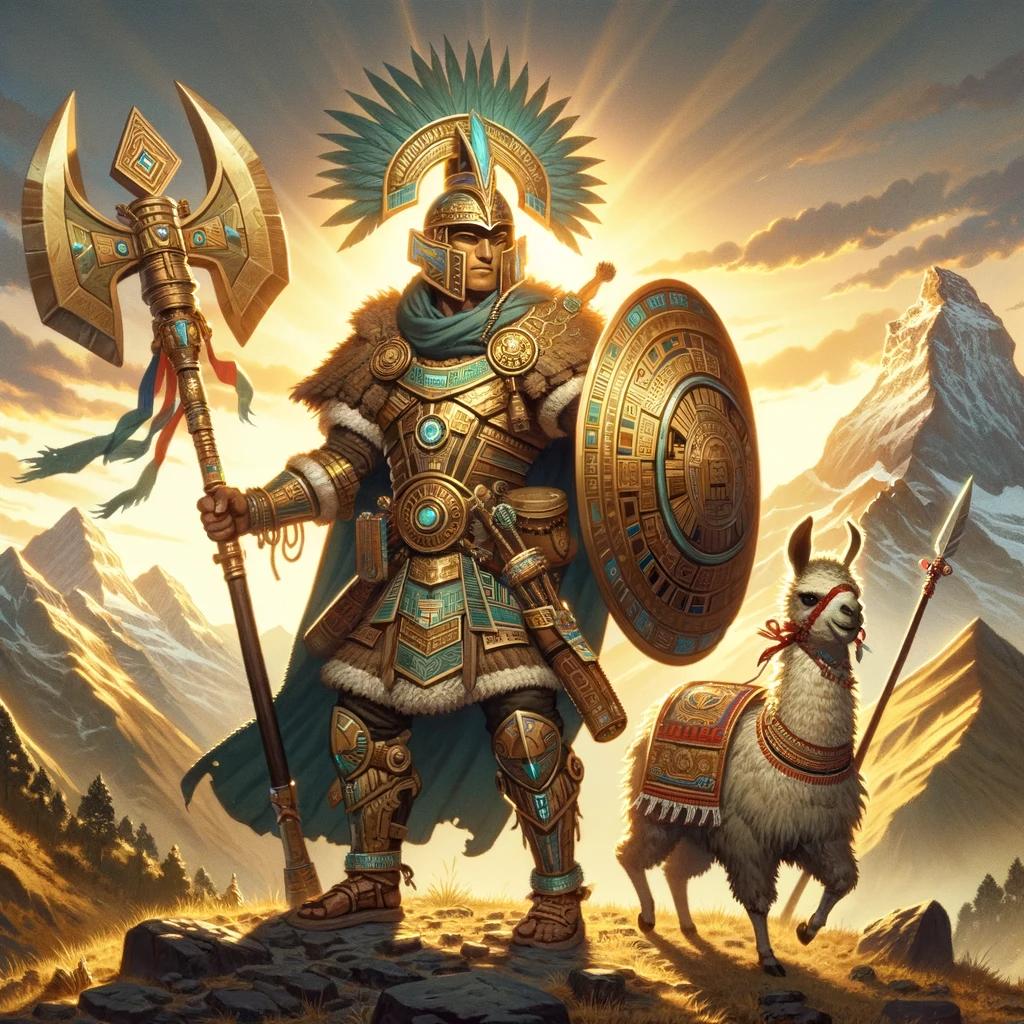
Inca Mythology Heroes: Exploring the Legends of the Inca Empire. Delve into the rich mythology of the Inca civilization and discover the fascinating heroes and deities that shaped their beliefs.
Discover the origins of Inca mythology, the creation myth, and the Trilogía Inca representing the sky, earth, and underworld. Uncover the stories and attributes of Viracocha, the creator god, and the significance of Inti, the sun god.
Explore the role of Pachamama, the mother earth goddess, and the symbolism of Amaru, the serpent deity. Learn about legendary heroes like Manco Cápac and the lasting influence of Inca mythology on modern culture.
Inca Mythology Heroes: Exploring the Legends of the Inca Empire
Welcome to the captivating world of Inca mythology, where ancient legends and heroic figures come to life.
In this section, we will delve into the origins of Inca mythology, the intriguing creation myth and cosmology, as well as the mystical Trilogía Inca: Sky, Earth, and Underworld.
Origins of Inca Mythology
The origins of Inca mythology trace back to the ancient Andean civilizations, where rich traditions and beliefs were woven into the fabric of their daily lives.
These mythologies were shaped by the Inca’s deep reverence for the natural world around them, as every aspect of their existence held religious significance.
Inca Creation Myth and Cosmology
The Inca creation myth offers a captivating narrative about the origins of the world and humanity. According to this myth, the supreme deity Viracocha played a fundamental role in shaping the cosmos and creating life.
We will explore the awe-inspiring tales surrounding Viracocha’s divine powers and delve into the intricate cosmology that inspired the Inca worldview.
The Trilogía Inca: Sky, Earth, and Underworld
Central to Inca mythology is the Trilogía Inca, a trinity that symbolizes the realms of the sky, earth, and underworld. Represented by the celestial condor, the earthly puma, and the subterranean serpent, each realm had its unique deities and played a vital role in the Inca’s understanding of the universe.
We will uncover the significance and symbolism behind each realm and the deities associated with them.
Immerse yourself in the enchanting world of Inca mythology as we continue to explore the intriguing legends and revered figures of this ancient empire.
Viracocha: The Creator God of the Inca
Viracocha, the great Creator God of the Inca, plays a dominant role in Inca mythology. He is depicted with a staff in each hand, symbolizing his power and authority.
A mythological story surrounding Viracocha tells that he emerged from Lake Titicaca and created the earth, mountains, and all living creatures.
Mythological Stories and Attributes of Viracocha
According to Inca legends, Viracocha was not only the creator but also a benevolent deity who brought civilization to humanity. He was believed to possess the ability to perform miracles, such as turning stones into living beings.
Viracocha was revered for his wisdom, creativity, and order that he brought to the world.
Among his attributes, Viracocha was associated with fertility, agriculture, and the control of natural forces. He was believed to bring rain and ensure bountiful harvests, making him highly significant in the lives of the Inca people.
Importance and Worship of Viracocha in Inca Society
The Inca society held Viracocha in high esteem, considering him the highest deity in their pantheon. His worship was widespread, with numerous temples and sacred sites dedicated to his honor.
The most prominent temple dedicated to Viracocha was the magnificent Coricancha in Cusco, known as the “Golden Enclosure,” adorned with gold and silver ornaments.
Viracocha’s influence extended beyond spirituality and religion. He played a crucial role in the political and social structure of the Inca empire. The Sapa Inca, the ruler of the Inca Empire, was believed to be a direct descendant of Viracocha, solidifying the divine authority of their kings.
The worship of Viracocha involved elaborate rituals and ceremonies, often accompanied by offerings of precious metals, textiles, and agricultural products. These offerings were meant to appease Viracocha and seek his favor for protection, prosperity, and harmony in all aspects of life.
- Viracocha was considered the creator of the universe, responsible for the birth of the earth, mountains, and all living creatures.
- He possessed miraculous powers and was revered for his wisdom, creativity, and order.
- Viracocha played a vital role in agriculture, fertility, and controlling natural forces like rain.
- His worship was widespread, with temples and sacred sites dedicated to his honor.
- Viracocha’s influence extended to the political and social structure of the Inca empire.
- Elaborate rituals and offerings were made to seek his favor and protection.
The worship and reverence towards Viracocha reflect the deep connection between the Inca people and their belief in the divine origins of their civilization.
His role as the Creator God shaped their worldview, providing meaning and guidance in their everyday lives.
Inti: The Sun God and Bringer of Light
Inti, the mighty Sun God, held a significant role in Inca mythology as the bringer of warmth, light, and life. Revered as one of the most important deities in the Inca pantheon, Inti represented the power and vitality associated with the sun.
Role and Importance of Inti in Inca Mythology
In the elaborate cosmology of the Inca, Inti was believed to be the father of all Inca emperors, symbolizing their divine lineage and authority. As the bringer of light, Inti was associated with enlightenment, knowledge, and prosperity.
Inti’s role extended beyond celestial significance, as he was also considered the guardian of agricultural fertility. The success of crops and the well-being of the people depended on his benevolence.
The Inca believed that rituals and offerings were necessary to honor and please Inti, ensuring his continued favor.
Rituals and Offerings to Honor Inti
To demonstrate their veneration for Inti, the Inca performed a variety of rituals and ceremonies throughout the year. One of the most important festivities dedicated to Inti was Inti Raymi, the Festival of the Sun, celebrated annually during the winter solstice.
During Inti Raymi, the Inca emperor would lead a grand procession, accompanied by priests and nobles, to offer sacrifices and prayers to Inti. These offerings included precious metals such as gold and silver, as well as sumptuous food, colorful textiles, and even human sacrifices as a display of devotion.
In addition to the festival, regular offerings were made at sacred sites dedicated to Inti, such as the Temple of the Sun in Cusco. These rituals ensured a harmonious relationship between the Inca people and the Sun God, and sought his continued blessings for prosperity and abundance.
In conclusion, Inti, the Sun God and Bringer of Light, held a pivotal role in the Inca mythological framework. Representing power, warmth, and fertility, Inti was venerated through rituals, ceremonies, and offerings throughout the Inca Empire.
The worship of Inti showcased the deep reverence the Inca had for the sun’s vital role in their society and the natural world.
- Inti was revered as a powerful deity and the father of all Inca emperors.
- He symbolized enlightenment, knowledge, and prosperity.
- Offerings and rituals were performed to honor Inti and ensure agricultural fertility.
- The Festival of the Sun, Inti Raymi, was the grandest celebration dedicated to Inti.
- Precious metals, food, textiles, and even human sacrifices were offered to demonstrate reverence.
- Regular offerings and rituals were performed at sacred sites dedicated to Inti.
Pachamama: The Mother Earth Goddess
Significance of Pachamama in Inca Religion and Culture
Pachamama, revered as the Mother Earth Goddess, held great significance in Inca religion and culture.
She was believed to be the source of all life and fertility, governing the well-being of the land and its inhabitants. The Incas regarded Pachamama as a benevolent deity, providing sustenance and nourishment for their agricultural endeavors.
Her depiction as a goddess associated with mountains and earthquakes symbolized her connection to the earth’s powerful forces. The Incas celebrated Pachamama with elaborate rituals and offerings, acknowledging her role in maintaining harmony and abundance in their lives.
Relationship between Pachamama and Fertility
Pachamama’s close association with fertility made her a central figure in Inca agricultural practices. The Incas believed that by appeasing Pachamama through rituals and offerings, they could ensure bountiful harvests and the prosperity of their communities.
The reverence for Pachamama extended beyond the physical realm of agriculture, as the Incas also attributed her influence to the fertility of people and animals. She was seen as a nurturing and protective figure, guiding the growth and well-being of all living beings.
- Pachamama was honored through ceremonies involving the burial of offerings in the earth, such as grains, fruits, and coca leaves.
- The Incas believed that by making these offerings, they could establish a harmonious relationship with the goddess and seek her blessings.
- Rituals dedicated to Pachamama often took place during key agricultural events, such as the sowing and harvesting seasons, ensuring the fertility and prosperity of the land.
The reverence for Pachamama and the belief in her nurturing presence continue to be observed in modern Andean cultures, reflecting the enduring impact of Inca mythology on the region.
Amaru: The Serpent Deity of Water and Agriculture
Amaru, the revered serpent deity in Inca mythology, holds great importance in the realms of water and agriculture. Through mythical tales and symbolism, Amaru embodies the essential elements that sustain life in the Inca Empire.
Mythical Tales and Symbolism of Amaru
The mythical tales surrounding Amaru portray it as a wise and powerful serpent, often associated with creation and fertility. Legends speak of Amaru as the bringer of water, symbolizing its crucial role in nourishing crops and sustaining life.
Its presence represents the harmonious balance between the natural world and human existence.
Amaru’s symbolism extends beyond agriculture, as it is also linked to transformation and renewal. The shedding of its skin metaphorically signifies rebirth and regeneration, symbolizing the cyclical nature of life and the constant renewal of nature’s forces.
Role of Amaru in Inca Agriculture and Water Conservation
Within the realm of agriculture, Amaru played a pivotal role in Inca society. It was believed that Amaru controlled the flow of rivers and brought forth rains, crucial for crop cultivation.
The Inca people revered Amaru and sought its blessings for bountiful harvests and the success of their agricultural endeavors.
Inca farmers practiced water conservation methods guided by the wisdom of Amaru.
They built intricate systems of aqueducts, canals, and terraces to control water distribution and optimize irrigation for their agricultural lands. These sustainable practices ensured the efficient use of water resources and supported the Inca Empire’s agricultural prosperity.
Through its association with water and agriculture, Amaru symbolizes the intricate connection between the natural world and human sustenance in Inca culture. Its revered presence highlights the fundamental role of water and the significance of sustainable agricultural practices within the empire.
Legendary Heroes of Inca Mythology
The Inca mythology is rich with stories of legendary heroes who played significant roles in the history and folklore of the Inca Empire. These heroes were revered for their exceptional deeds and were often seen as divine figures or descendants of gods.
Manco Cápac: The Founder of the Inca Dynasty
Manco Cápac holds a revered place in Inca mythology as the legendary founder of the Inca Dynasty. According to myth, he was sent by the sun god Inti to establish the city of Cusco, which would become the capital of the Inca Empire.
Manco Cápac was believed to possess divine qualities and was considered a direct descendant of the sun god. His leadership and strategic skills united the Inca people, laying the foundation for the great empire that would flourish for centuries.
Inca Heroic Figures in Mythology and Folklore
- Pachacuti: Known as the “Earth-Shaker,” Pachacuti was a legendary Inca warrior and ruler who transformed the Inca Empire into a vast and powerful state through his military conquests.
- Warachicuy: This mythical figure represented the tradition of ritual combat practiced by the Incas to resolve conflicts and establish hierarchy among warrior leaders.
- Orko Wiracocha: A deity associated with thunderstorms and lightning, Orko Wiracocha was believed to possess great power and was often depicted with a thunderbolt in hand.
- Chaska: This heroic figure was associated with the planet Venus and the goddess of love and beauty.
Chaska symbolized passion and desire in Inca mythology.
These legendary heroes and figures in Inca mythology captivated the imagination of the Inca people, inspiring them with tales of courage, strength, and divine intervention.
Their stories were passed down through generations, reinforcing the cultural identity and values of the Inca Empire.
Exploring the myths and legends surrounding the legendary heroes of Inca mythology provides a glimpse into the complex belief system and rich cultural heritage of this ancient civilization.
These stories continue to intrigue and inspire us, preserving the legacy of the Inca heroes for generations to come.
Influence of Inca Mythology on Modern Culture
Legacy of Inca Mythology in Contemporary Peru
The rich mythology of the Incas continues to have a significant influence on modern Peruvian culture. The enduring beliefs and stories from Inca mythology shape various aspects of everyday life, art, and traditions in contemporary Peru.
The reverence for nature and the deep connection to the spiritual world, which were fundamental to Inca mythology, are still prevalent in Peruvian society.
The legacy of Inca mythology can be observed in numerous customs and practices.
Festivals and rituals often incorporate elements from ancient myths and honor the deities of the Inca pantheon. Additionally, many Peruvians continue to hold strong beliefs in the power and presence of these mythical figures, seeking their blessings and protection in different aspects of life.
Peruvian arts and crafts also draw inspiration from Inca mythology. Traditional textiles, pottery, and sculptures frequently feature motifs and symbols associated with Inca gods and heroes. These artistic expressions not only preserve the cultural heritage but also keep the tales of Inca mythology alive for future generations.
Popular Depictions and Representation of Inca Mythology in Media and Art
The captivating stories and characters of Inca mythology have captured the imagination of artists, writers, and filmmakers worldwide, leading to their popular depictions in various forms of media and art.
Inca myths and heroes have been featured in literature, paintings, sculptures, and even film and television productions.
Contemporary authors often draw inspiration from Inca mythology, weaving its themes and characters into their literary works.
These adaptations serve not only to entertain but also to introduce readers to the enchanting world of Inca mythology and its significance in history and culture.
In visual arts, depictions of Inca gods and heroes can be seen in galleries and museums.
Artists explore different styles and techniques to capture the essence and spirit of these revered figures, emphasizing their symbolism and power.
Furthermore, the influence of Inca mythology extends to the film industry, with movies and documentaries exploring the legends and stories of Inca heroes.
These productions bring the intrigue and wonder of Inca mythology to a broader audience, creating awareness and appreciation for this ancient belief system.
The enduring popularity of Inca mythology in modern media and art showcases its relevance and appeal, both in Peru and beyond, ensuring that the heroic tales continue to captivate and inspire new generations.
.











